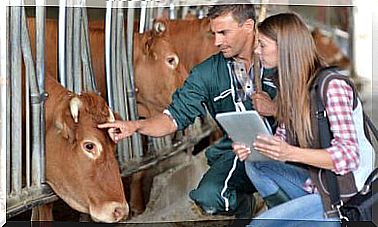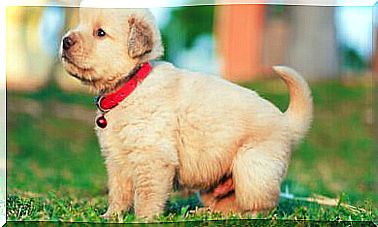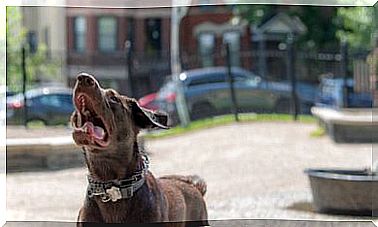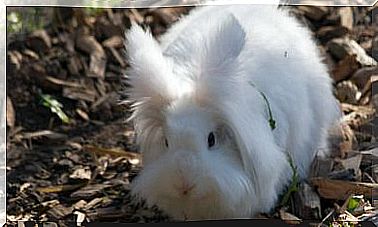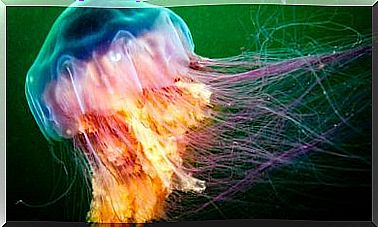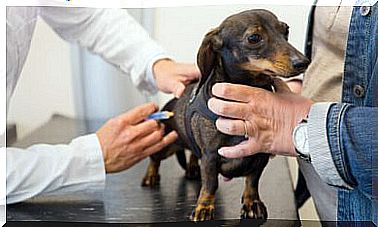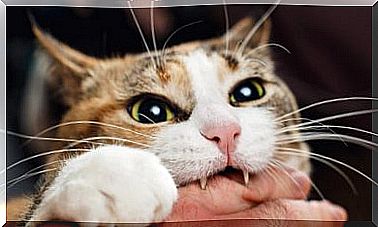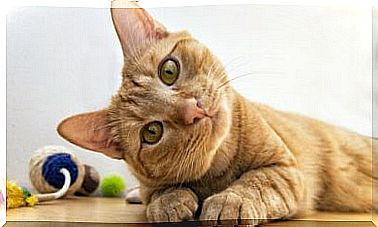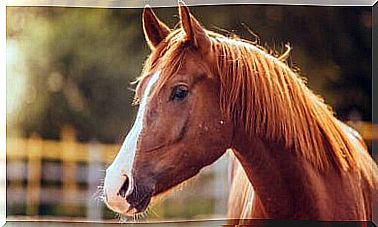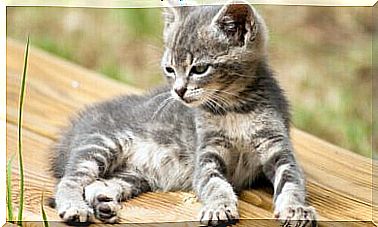Cocker Dogs, An Extraordinary, Affectionate And Leadership Breed
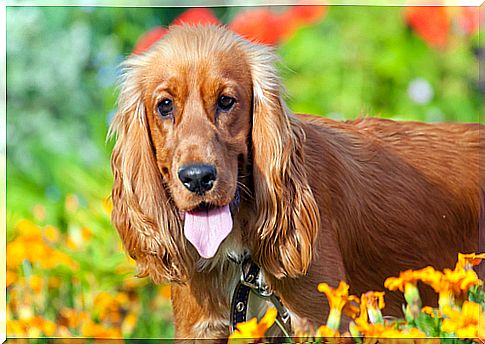
The cocker is a much loved and known dog by all. The fame of this breed is mainly due to the animated film Lady and the Tramp. The protagonist of this Disney classic is a cocker spaniel, little Lilli. It is an amazing breed, affectionate and with leadership. In this article we will list all the virtues of the cocker.
Where does the cocker come from?
The cocker spaniel, just as its name suggests, is native to Spain. However, the selection for the modern breed took place in Wales, in 1892. The cockers came to England with their Spanish masters. They were then sold or given to the English aristocrats. These dogs were highly appreciated by the British for their skills as hunting dogs (we recall that in 1800 fox hunting became the real sport par excellence in Great Britain). Cockers were also used to retrieve fallen prey and to hunt small game.
What does the cocker look like?
The cocker is a small dog. The height at the withers is 40 cm in females and 45 cm in males. The weight fluctuates between 12.5 and 14.5 kg. The body is strong and compact, the head elongated and with the low set of the ears. Long and silky ears are characteristic. The eyes, which must always be dark, are large and with a sweet expression. The tail is long and follows the line of the loin even if at times, for aesthetic reasons, it is amputated. The cocker’s coat is smooth, uniform, silky and long. Coat colors range from black, to gold, to roan, or all three.
What is the cocker’s character like?
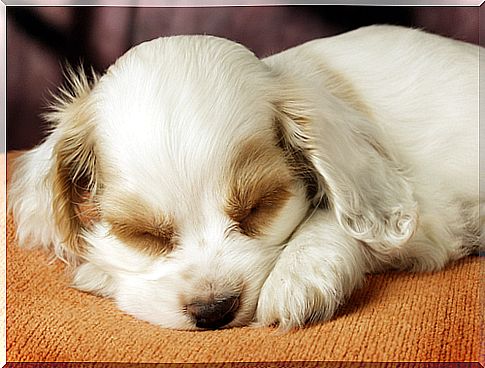
The cocker is an affectionate and highly intelligent dog. As a hunting dog, he needs constant exercise. Likes to run in the fields, sneak into bushes or thick vegetation. Intelligence and the need to exercise make the cocker a dog prone to learn tricks and games quickly.
Although he is a hunting dog, he is perfectly suited to living indoors as a pet. It should be known that it requires a lot of attention and that it does not tolerate loneliness. He is undoubtedly a kind and playful companion, very sweet and likeable.
It is an attentive, curious, affable, determined, athletic dog, always alert and resistant. He has a good sense of smell and is very agile. He loves taking long walks and running is a pleasure for him. If you have a cocker as a pet, you need to know that it needs a space to play and let off steam.
It cannot be overlooked. The cocker must always have something that makes him pass the time otherwise boredom will occur which, in turn, can give rise to destructive episodes. Even if he is very attached to the family in general, he will establish a special relationship with a specific member.
We have said that it is an affectionate and playful dog, but it is not suitable for living with families with small children, in fact it tends to bite and growl if disturbed. It is essential to educate him from a puppy and socialize him properly. Take advantage of your daily walks to take him to new places, to make him meet people and dogs.
What care does the cocker need?
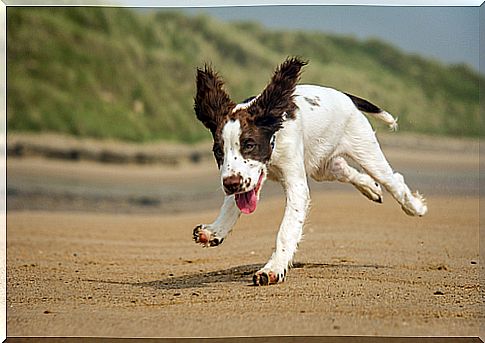
We have said several times throughout this article that the cocker is a very active breed. If it doesn’t burn a lot of calories, it has a certain tendency to gain weight. You must pay close attention to the diet you are feeding and get him to exercise regularly. The ideal diet for the cocker is a diet rich in essential nutrients (proteins, fats, vitamins, minerals, copper, fatty acids and zinc). Pay particular attention to proteins because they maintain the health of the coat.
The most suitable foods (precisely because they are richer in protein) are chicken, lamb, fish and eggs.
In addition to nutrition, you need to take great care of your cocker’s coat. You have to brush it regularly. Occasionally it needs to be clipped. If you don’t have a lot of time to dedicate to grooming your cocker, you can contact a professional in the sector. This breed also requires special hygienic attention because, having a lot of hair, dirt tends to accumulate in the feet and ears.
